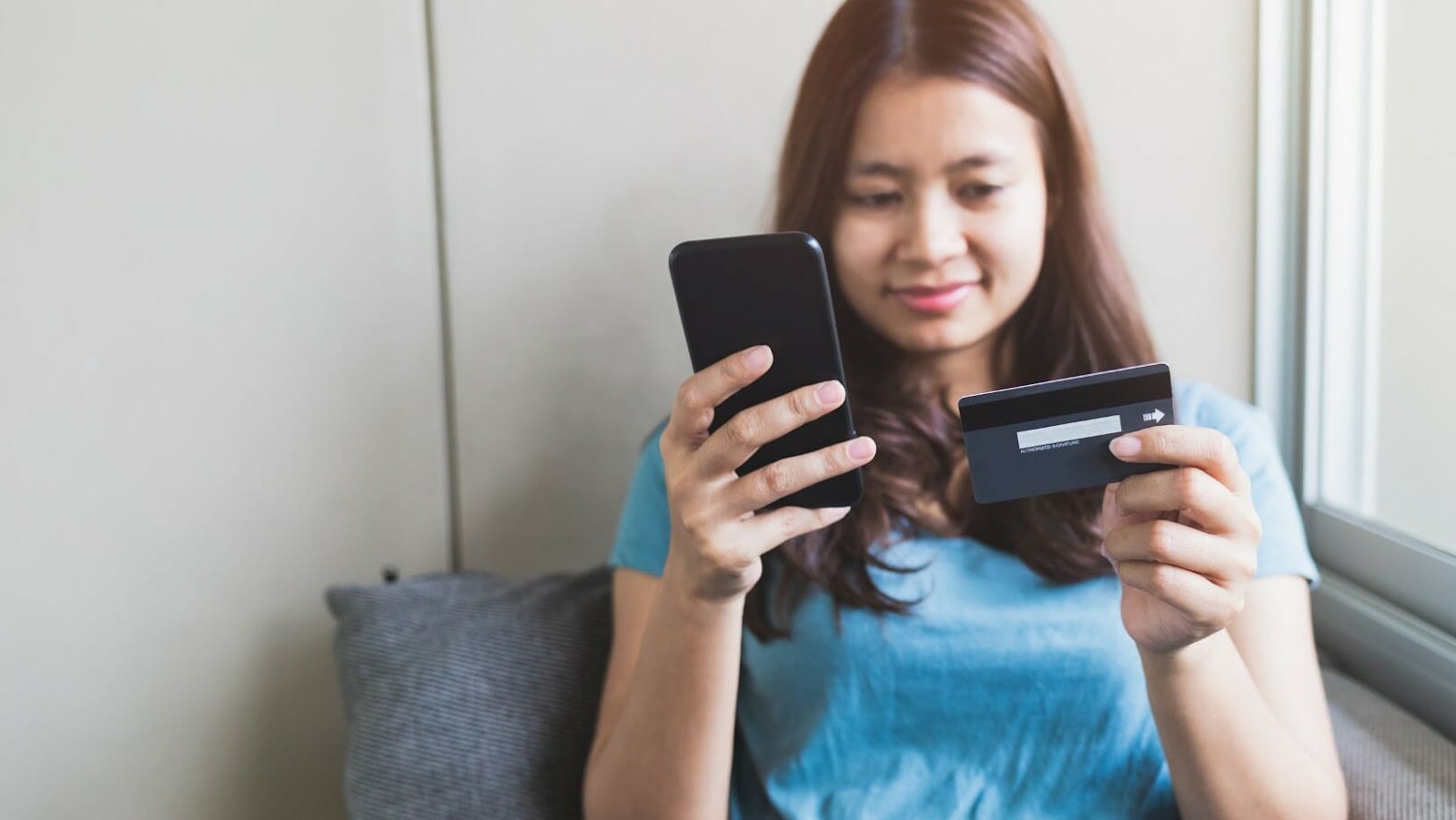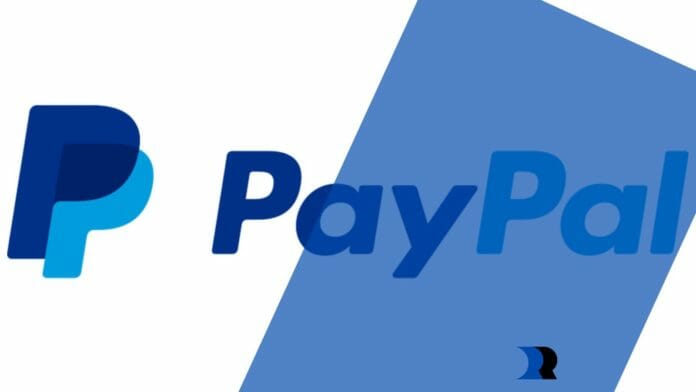PayPal had come a long way from when it was a peer-to-peer money service. Then, most people came across PayPal on eBay. At a time when eBay was only populated by small sellers auctioning off second-hand goods, people needed a way to pay that did not involve putting cash in the post. In the early 2000s, merchant services to take payment cards were out of reach for a micro business, but PayPal changed everything. As well as being convenient and inexpensive, it was also secure. There was no sharing of bank account details, and the platform ensured fast deposit and withdrawal of funds. In addition, the seller knew they had been paid before they dispatched the goods, and the buyer was covered if the goods were defective.
Over the last twenty years, PayPal has gone from strength to strength and remains one of the most trusted digital wallets. No longer simply the go-to platform for small businesses, most large online companies now accept PayPal at checkouts, including Uber, Ikea, and Expedia. People trust the brand and like the fact that they have all their transactions in one place. In addition, because people can link multiple bank accounts and cards to their single PayPal account, they have maximum flexibility when paying.
Where PayPal led, other platforms have followed, and now there are many different digital wallets. Those with the most recognizable names are Google Pay and Apple Pay, but both are relative newcomers to this arena. Neither Google Pay nor Apple Pay replicates the full suite of services that PayPal has. PayPal has become the dominant trusted brand for online purchasing. Whether people are paying for their groceries online at Walmart, booking a vacation rental at Airbnb, or having a flutter online at PayPal betting sites, consumers expect it as an option at checkout.

PayPal gives its customers several payment options, including Pay In Four and PayPal credit. These relatively new services have come about due to increased competition from Klarna, who offered purchasers no-interest loans on specific items at a wide variety of stores. However, these services are only available to online customers.
Where PayPal has consistently trailed, the competition is in the physical world. It is very much regarded as an online checkout option. Google and Apple Pay are more of a cross-over between digital and traditional bank services. However, PayPal is now addressing this to allow merchants to take PayPal payments in-store. PayPal offers customers and merchants three options for using PayPal to pay for goods and services outside of the eCommerce world, although many people are still unfamiliar with them.
As a business, you can generate a QR code-based payment system from PayPal’s website. You can also order table cards and stickers to display in your establishment. This code is shown as an option at the Point of Sale. Next, the customer can open their PayPal app on their phone and tap Scan/Pay. This brings up the camera, which is held to the QR code. The image is captured, and the amount due is entered. Finally, a transaction code can be shown to the merchant. This can be a great way to start taking digital payments if you are a small or pop-up affair.

Near field communications (NFC) is the technology that enables customers to make contactless payments. This is how we pay using smartphones and watches. While PayPal does not support NFC payments from within the app, it has recently partnered with Google, and Android users can connect their PayPal account to Google Pay. However, this service is not currently available for iPhone users.
If you already take card payments, you can accept PayPal at the checkout if the customer has a PayPal payment card. This system, backed up by Mastercard, links customers to their PayPal balance and allows them to use it in-store. The retailer’s transaction is the same as any other card transaction. PayPal offers its customers the choice of debit, credit, and prepaid cards for personal and business customers.


